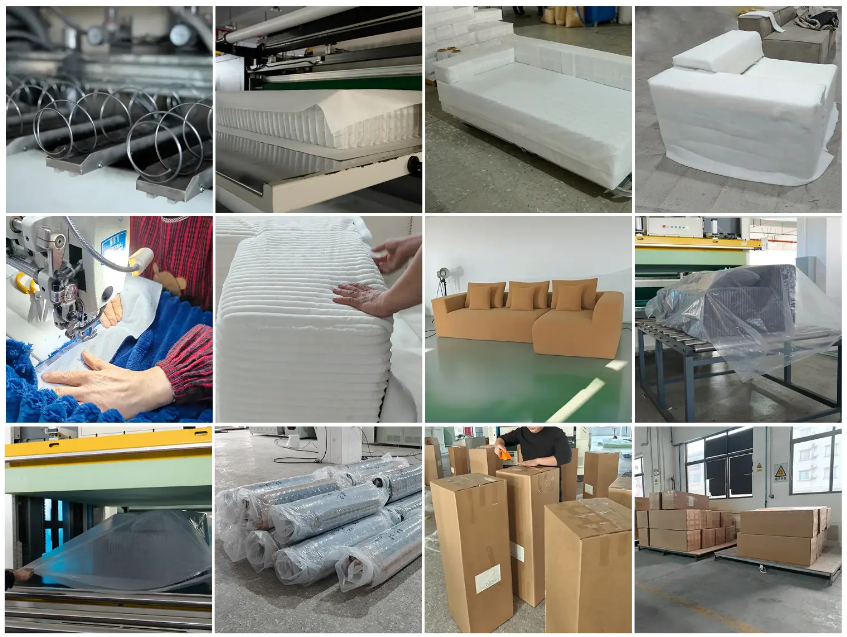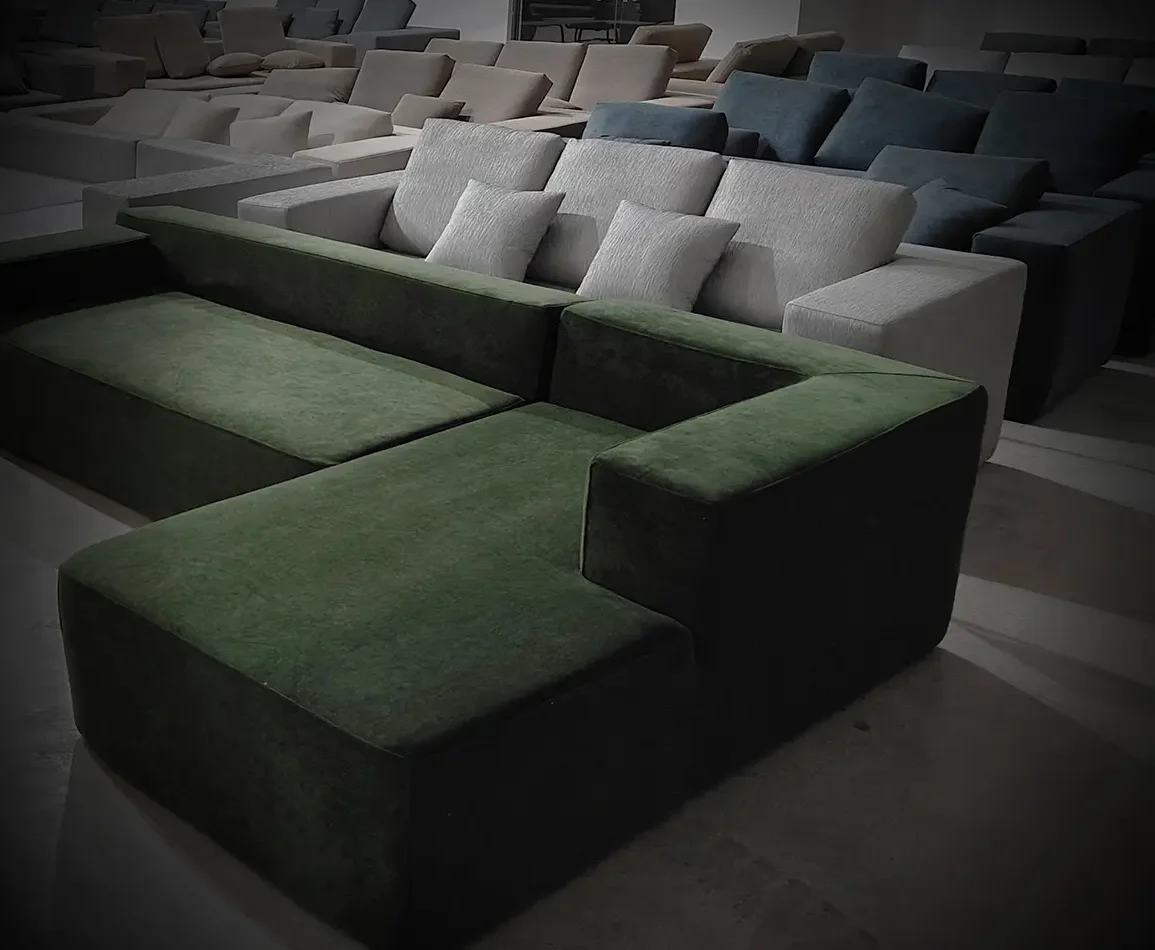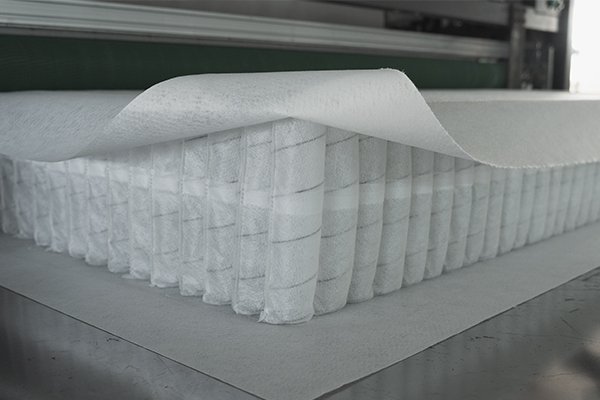
Compressed sofas have gained popularity due to their convenience and cost-effectiveness. But are they as durable as traditional sofas?
Compressed sofas are designed for easy transportation and storage, but their durability depends on materials and construction. Traditional sofas, built with solid wood frames and dense cushioning, generally last longer.
While compressed sofas offer flexibility and affordability, their long-term performance can vary. Let’s explore the factors affecting durability in both types.
What Are the Key Differences in Materials and Structure?

Compressed sofas often use lightweight metal or engineered wood frames, high-density foam, and fabric designed for compression. Traditional sofas, on the other hand, typically feature solid wood or reinforced metal frames, premium foam, and durable upholstery like leather or woven fabric.
Strength and Longevity of Materials
| Feature | Compressed Sofas | Traditional Sofas |
|---|---|---|
| Frame | Engineered wood, metal | Solid wood, reinforced metal |
| Cushioning | High-density foam, memory foam | High-density foam, coil springs |
| Upholstery | Stretch fabric, synthetic blends | Leather, heavy-duty woven fabric |
| Lifespan | 5-8 years | 10-20 years |
Traditional sofas have a longer lifespan due to their sturdy construction, while compressed sofas may show wear faster, especially in high-traffic areas.
How Does Compression Technology Affect Durability?

Compression technology allows sofas to be vacuum-packed and shipped efficiently. However, repeated compression and expansion can affect the integrity of materials, leading to potential issues.
Potential concerns with compression technology:
- Cushion foam may lose resilience over time.
- Fabric stretching could cause wrinkles or uneven surfaces.
- Joints and fastenings may loosen faster than in traditional sofas.
While high-quality compressed sofas use reinforced materials to counteract these effects, they may still not match the longevity of traditional models.
Do Compressed Sofas Offer the Same Comfort and Support?

Comfort is a crucial factor when selecting a sofa. Traditional sofas typically feature coil springs and thick foam padding, offering excellent support. Compressed sofas rely on high-density foam, which can be comfortable initially but may lose shape over time.
Comparing Comfort Levels
| Feature | Compressed Sofas | Traditional Sofas |
|---|---|---|
| Initial Comfort | Soft, flexible cushioning | Firm, structured support |
| Long-term Support | Foam may compress over time | Springs maintain shape longer |
| Customization | Limited options | Wide variety of firmness levels |
If long-term comfort is a priority, a traditional sofa may be a better investment.
How Do Maintenance and Wear Compare?

Both compressed and traditional sofas require maintenance, but their materials react differently to wear and tear.
- Traditional sofas often use premium upholstery, which resists stains and aging better.
- Compressed sofas may experience fabric stretching and reduced cushioning density faster.
To maintain durability:
- Rotate cushions to distribute wear.
- Avoid placing sofas in direct sunlight to prevent fading.
- Use fabric protectors or leather conditioners.
Are Compressed Sofas a Cost-Effective Alternative?

Compressed sofas are usually more affordable than traditional sofas due to lower shipping and production costs. However, their shorter lifespan may lead to more frequent replacements.
Price vs. Lifespan Comparison
| Sofa Type | Average Price Range | Expected Lifespan |
|---|---|---|
| Compressed | $300 - $800 | 5 - 8 years |
| Traditional | $800 - $3000 | 10 - 20 years |
While a compressed sofa saves money upfront, a traditional sofa can be a better long-term investment.
Conclusion
Compressed sofas provide convenience and affordability but may not match the durability of traditional sofas. For long-term use, traditional sofas with high-quality materials are the better choice. However, if you prioritize portability and budget, a well-made compressed sofa can still be a solid option.